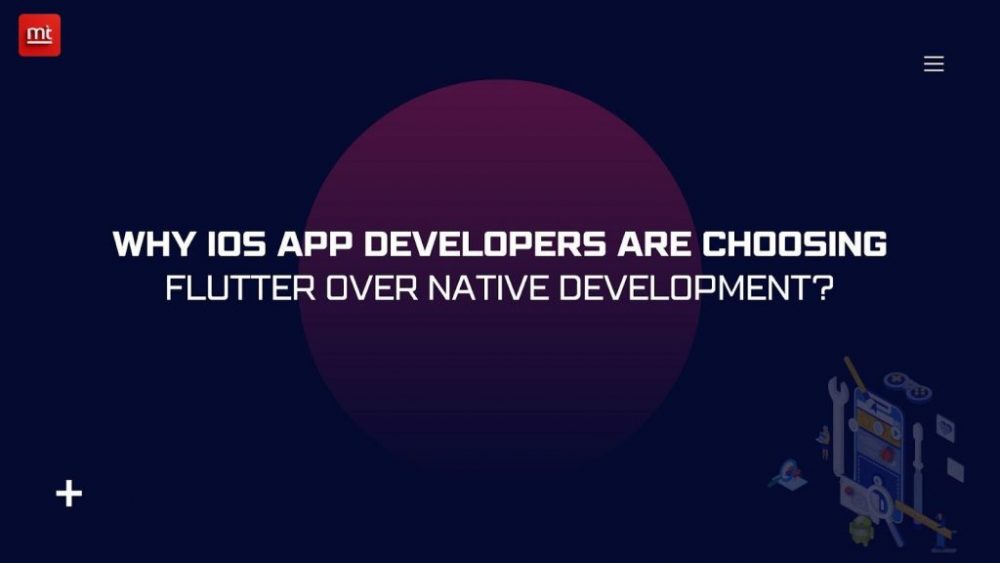
Most mobile apps need a payment gateway to handle purchases, subscriptions, or product checkouts that happen inside the app. I discovered that a smooth integration might have a direct impact on conversion and user trust when I worked on my own program. Next, I’ll talk about the most important things to think about when choosing a Payment Gateway for your mobile app, as well as the most common mistakes people make.
A Payment Gateway that works well with your app allows it safely accept credit and debit cards, wallets, UPI (in some regions), and more.You will be in charge of API calls, SDKs, callbacks, error handling, and making sure everything is up to code.
Common Issues with Payment Gateway Integration
- Even seasoned engineers encounter challenges.Here are common issues I, we or other teams have encountered:
- API keys accidentally exposed in the client code
- Failing to verify callback signatures, opening security risks
- Inconsistent error messages or UI crash during payment failures
- Payment SDK version mismatch or dependency conflicts
- Poor network or retry logic leading to duplicate charges
- Not handling refund / reversal flows
- Missing compliance with PCI DSS or local laws
- Passing sensitive data without encryption
When we integrated Paytm’s all‑in‑one SDK in Android, for instance, some users had Paytm app installed and others not; the gateway fallback to web view hybrid behavior caused some edge case errors. (Paytm Business)
By anticipating these, you can build better resilience and robustness.
Things to Think About When Integrating Your Mobile Payment Gateway
Pay attention to these things when you choose a Payment Gateway and set it up. They affect how flexible your app is and how well it works for users:
- Accepts several types of payments, like cards, wallets, UPI, and bank transfers
- Native SDKs for Android, iOS, and mixed frameworks
- Tokenization and PCI compliance to keep card data from being stored as raw data
- Webhooks or server checks to make sure transactions are valid
- Logic for retrying or falling back (for example, redirecting if one route fails)
- Ability to issue refunds, cancellations via API
- Real‑time transaction tracking and reporting
- Fraud detection / risk scoring built in
- Scalability for high volume flows
- Local currency & country support
One modern trend is Payment Orchestration where you route a transaction across multiple underlying gateways to gain success rate or cost benefits. If you adopt orchestration later, you don’t have to rework your entire integration.
Also, when your operations grow, you’ll want monitoring and Payment Processing KPIs (like success rate, latency, churn due to decline) to track health.
How to Pick the Best Payment Gateway for Your App
Selecting the right provider is critical. I suggest you evaluate based on business, region, and technical ease. Key criteria we used:
- Country & Currency Coverage: Ensure your target region is supported
- Transaction Fees & Pricing Model: Some gateways charge per transaction, monthly fee, or setup fees
- SDK & Documentation Quality: Good docs and sample code reduce errors
- Security & Compliance: Must handle PCI DSS, encryption, tokenization
- Uptime & Reliability: A gateway outage kills your revenue
- Scalability & Support: Customer support & scaling path matter
- Refund & Dispute Handling: Back‑end flows wise
- Ease of Onboarding / KYC: Some gateways require heavy paperwork
For example, many startups use Stripe (global, strong API), others in India rely on Paytm, Razorpay or local gateways. Some use aggregator models where one platform offers multiple backend options.
In one of my past projects, we selected Payfirmly as a gateway partner because their onboarding was simpler in certain markets and integration was modular. We could switch to another provider if needed.
Comprehensive Guide to Including Your Payment Gateway in Mobile App
Here is a step‑by‑step approach I and my team followed when integrating a Payment Gateway. Adapt to your stack (native, React Native, Flutter etc.):
Step 1: Sign up and get your credentials
Make an account with the gateway. They will give out:
- API keys that are public and private
- Account number or merchant ID
- Setting up a callback or webhook URL
- Never send secret keys in client builds; only keep them on your server.
Step 2: Include SDK/Library in Your App
Most gateways offer SDKs for mobile devices. Add it to your project:
- Android: Dependency on Gradle or Maven
- Cocoapods and Swift Package for iOS
- Hybrid or cross-platform: plugin bridge
- The SDK takes care of things like UI components, card validation, encryption, and more.
Step 3: Make the Payment UI
You need a clear UI that shows the card number, expiration date, and CVV.
- Option for saved cards, wallets, or other things
- Indicators for progress, loading, and errors
- If the native route fails, go back to the web view.
Step 4: Set up the backend and the API routes
Your server will be the go-between. You will need endpoints:
- Start the transaction (make a payment request)
- Check the callback or webhook
- Record status: success, failure, or cancel
- Give back money or cancel orders
- Make sure that all communication is encrypted and signed.
Step 5: Take care of callbacks and status
When the payment is complete, the gateway gives you asynchronous callbacks or webhook events. You have to:
- Check the signature
- Match the order IDs
- Refresh your database
- Notify user through client app
Step 6: Try it out in Sandbox or Staging
Use test keys to pretend that you are successful, unsuccessful, or getting a refund. Test:
- Refusals
- Timeout
- Duplicate calls
- Network loss in the middle of a transaction
- You can’t go to production until the tests are stable.
Step 7: Start and Keep an Eye on It
Change to live credentials. Keep an eye on your Payment Processing KPIs:
- Rate of successful transactions
- Rates of rejection and decline
- Latency distribution
- Ratio of refunds to chargebacks
- Also, keep track of errors so you can fix them later.
In short
It could be hard to connect a payment gateway to your mobile app for the first time, but if you plan ahead and have a good architecture, you can do the integration without any problems.
We need to pick a gateway that works for the size and location of our business, be careful with the SDK and backend logic, do a lot of testing, and keep an eye on key performance indicators (KPIs).If you get stuck, I can give you example code or ideas for how to organize your code..






